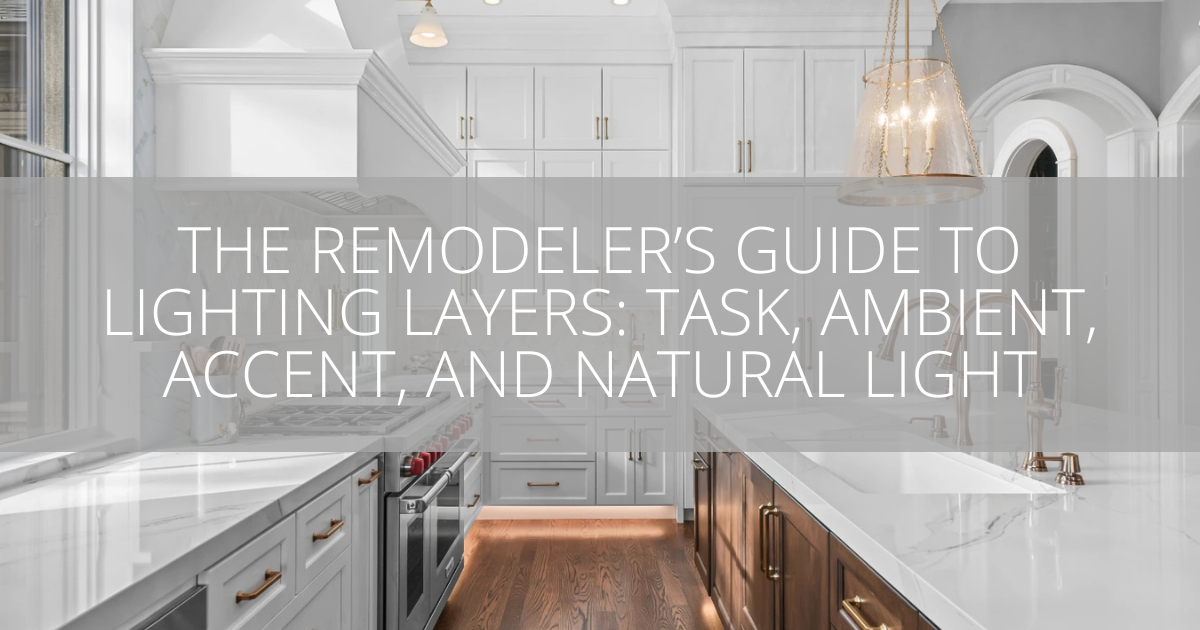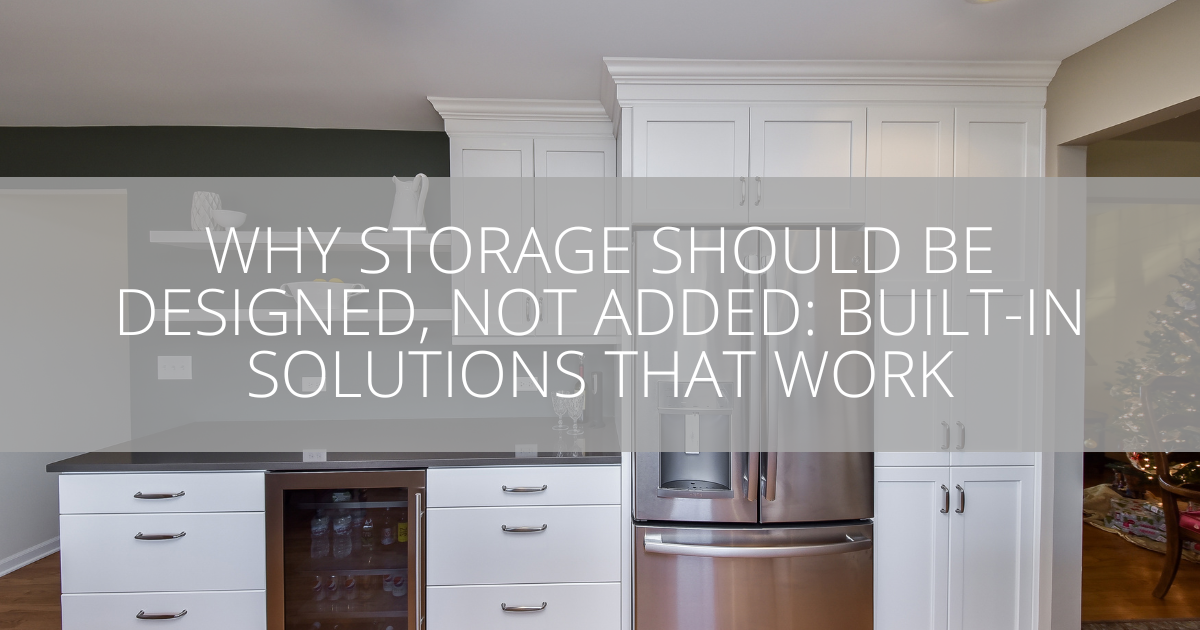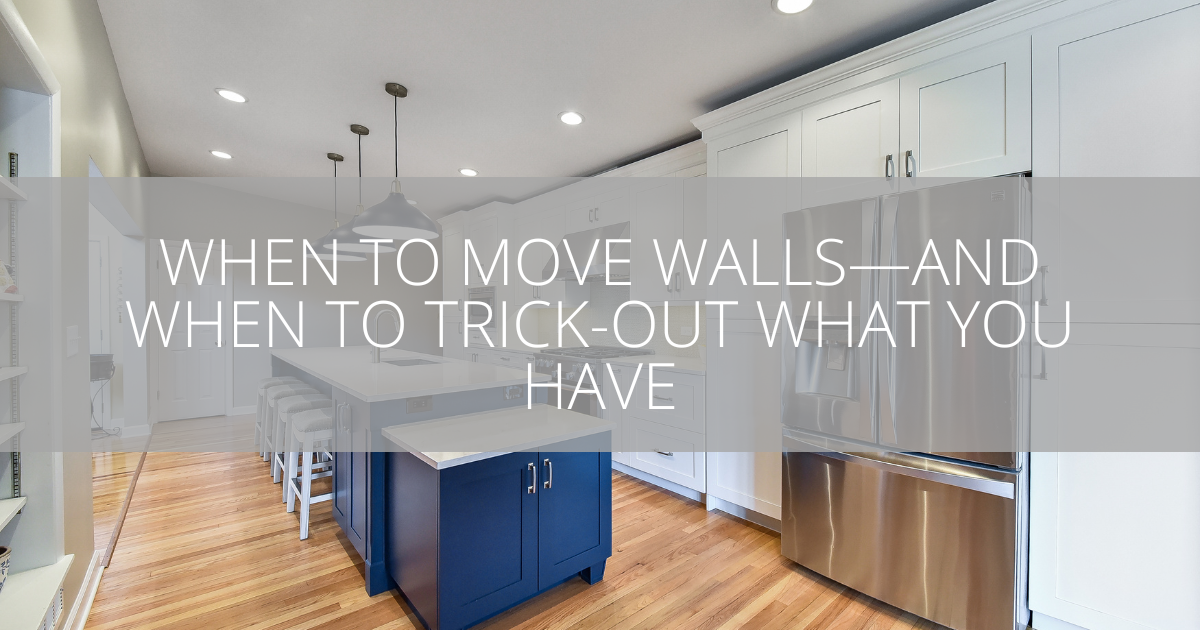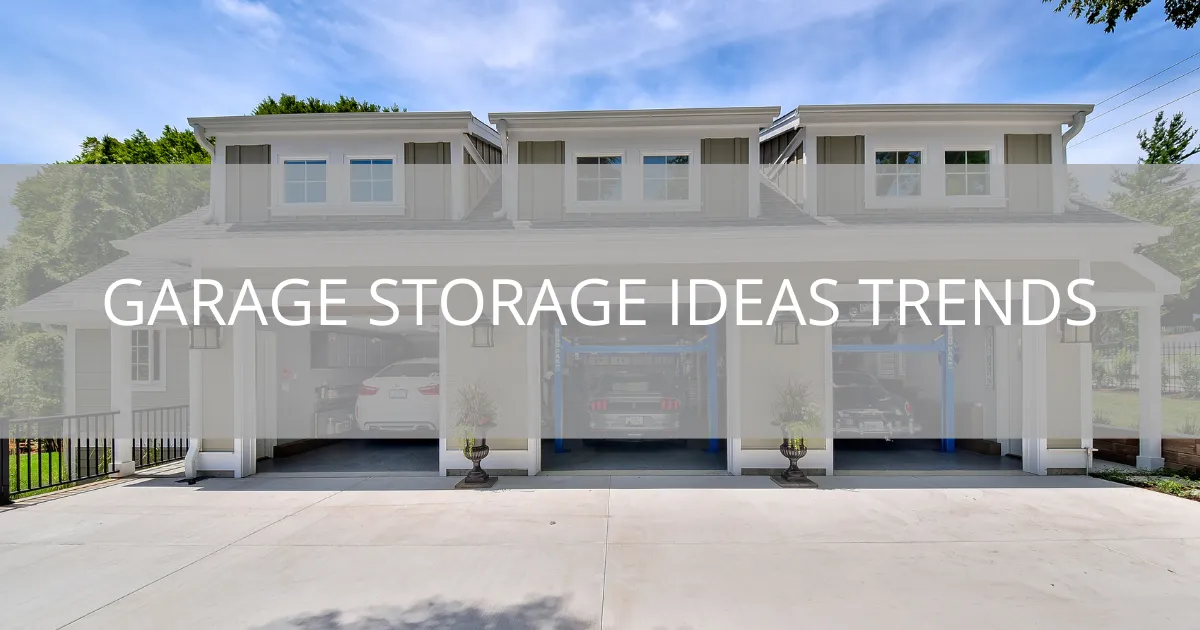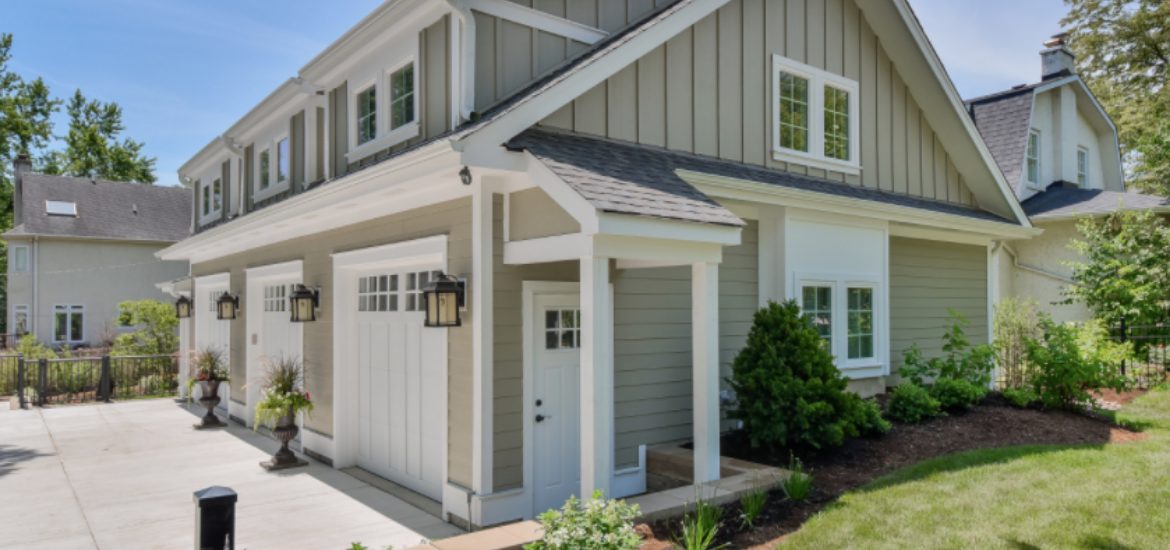
Featured Image: Wikipedia
There is nothing as rewarding as building your dream home from scratch. It’s an exciting and unique experience. Besides, it gives you the flexibility to use your designs and continually improve them in your ways. The project involves making numerous decisions and hence requires your presence through all aspects.
But, anyone who has done it can tell you that it’s a time consuming and very demanding process. Nonetheless, building a home doesn’t have to be such an overwhelming activity if you consider the following strategies.

Set A Budget
Before you start building your home, determine what you can afford. Quote an all-inclusive price of all amenities you plan to install at the house. Include the tax requirements, cost of materials, down payments, labor cost, among others.
Note that the building process is more likely to cost more than you think. Therefore set aside extra cash to cover some unforeseen cost. Remember to factor in the price of additional items like electric meters, cables, fences, and letterboxes that are highly forgotten.
Your house should give you financial freedom rather than bankruptcy. Hence, stick to the budget. Talk to your architecture and let them understand how much you are willing to spend. You can use useful tools like the residential construction estimating software to give you an accurate idea of the project cost. Further, come up with a spending strategy to avoid overpayments.
While building your dream home, chances are, you will need additional financing. You can consider getting a construction loan to meet the project’s needs and pay builders at specific stages. The lender inspects the project at all phases, and in the end, you will receive the occupancy certificate. Still, you have to close your permanent mortgage.
It’s a riskier loan than the normal one, and it varies based on the assumed value of the constructed property. Hence be present at all stages to ensure that the project costs as the plan suggests.
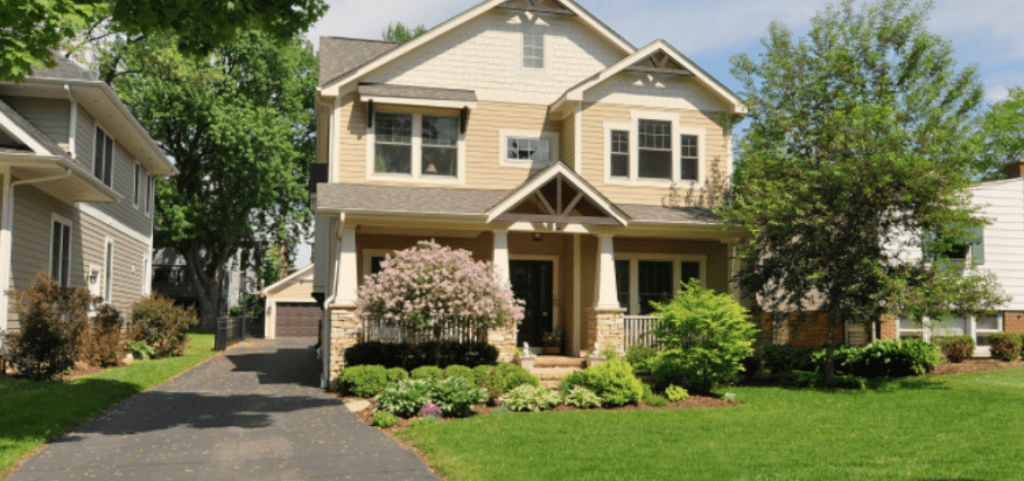
Develop A Plan
The most crucial part of building a house is outlining a clear plan to guide the entire process. First, think about everything you wish to add to the house. Create a construction file and record useful notes, photographs of similar homes to what you want to build, and types of finishes. Proper planning keeps you ahead of the process to save on time and money. Some of the most common features that you need to consider during planning include;
-
Size Of The House
Determine the number of the room you wish to include in your house. It highly depends on the size of your family. Your house size should fit in your budget and meet your space needs. You can seek architectural help to address this issue professionally.
-
Outside Spaces
Including a lawn or garden in your outdoor spaces can significantly increase the value of your home. Consider planting shrubs or flowers to enhance aesthetic appearance. Besides, you may want to include an irrigation system, outdoor lighting, furniture, garage, decks, and patios based on your budget. Remember to cover all these additions in your allocations.
On the maintenance side, it’ll require performing several mowing sessions over the course of a month. Cutting overgrown grass is best performed when you have the weather on your side. And for this maintenance job, you will have to increase the budget for buying gardening tools such as a durable garden tractor, pruning saw, pruning shear, etc.
-
The Layout
Considering that building is a very costly investment, it would be wise to stick to a simple layout. Don’t focus too much on complicated structures. Besides, you can leave out some spaces to make future adjustments when you have enough funds for extra finishes.
-
The Stand Position
Choose the direction your house will face carefully. Consider the sun’s position in all seasons. When your rooms face south, they will always remain cold, but they might receive intense afternoon sun rays if they face west.
-
Your Lifestyle
Think about how you live your daily life. Consider whether you love hosting guests at home. The house should incorporate all aspects necessary to your family members. Let your architecture know your habits to build a house that fits naturally into your ways of living.
-
Electricity And Plumbing
Decide where you wish to position significant appliances to determine strategic Powerpoints. Don’t forget smaller appliances like laptops, blow-dries, or bedside lamps. If you intend to use too many electrical powered devices, be sure to include enough outlets. Additionally, think about the drains and any underground pipes.
-
Kitchen
Choose the most appropriate kitchen design that will suit your preferences. Further, include enough cabinets that allow easy access to kitchen tools. Also, determine the strategic position of various equipment. Set it up to accommodate both gas and electric appliances.
You may want to keep the kitchen near the entrance to bring in the groceries quickly. Also, include pantry wine or beer spaces if necessary.
-
Storage
Your house should have enough storage spaces with proper lighting. Include enough closets in each room, pantries, and cabinets.
-
Bath
Determine the type of flooring and finishes you want in your bathrooms. Think of efficient toilets and the right shower head height.
-
Furniture Placement
Plan on where you wish to position your chairs, bed, and other items. Consider the entertainment system setup, play stations for your kids, or your office space. Position your bedrooms away from noisy areas, and plan specific places for your pet.
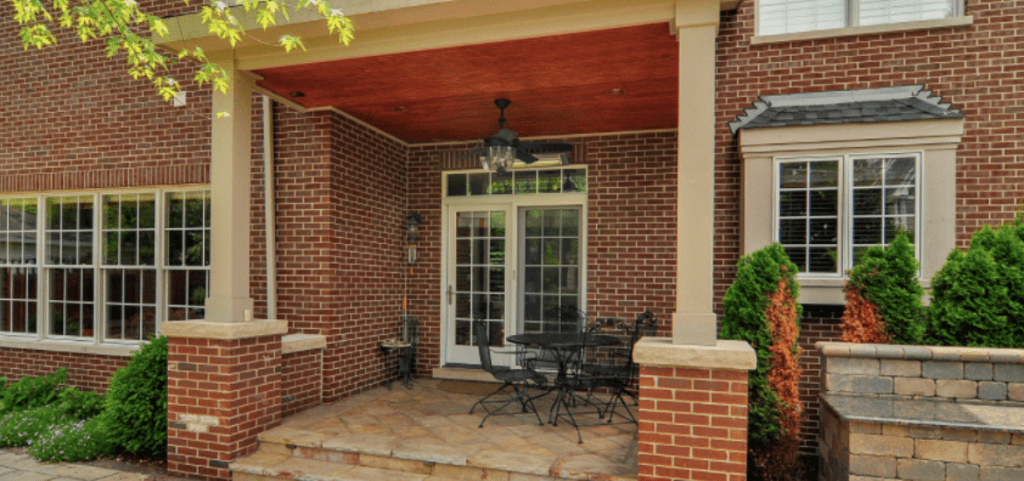
Consider The Location
It’s the piece of land where you will construct the house. Before building, you need to purchase land in the right location. Consider the area’s security and accessibility to necessary amenities like schools, churches, hospitals, markets, and shops. Although a lengthy walk may seem somewhat tolerable in the first few days, it may affect your life quality.
Remember that the site will also affect your property value if you plan on selling the property in the future. You will raise your kids and family here, and you need to choose the best neighborhood and community for them. Additionally, know the soil type in the region to avoid foundation cracks, floods, or dam breaks in the future.
Further, understand the area’s climate to get the right materials for your house. For example, if you plan to build in icy regions, you may want to consider wooden floorboards. Besides, install insulations on your windows to save on heating costs over the winter. On the other hand, tiles work best in warmer regions.
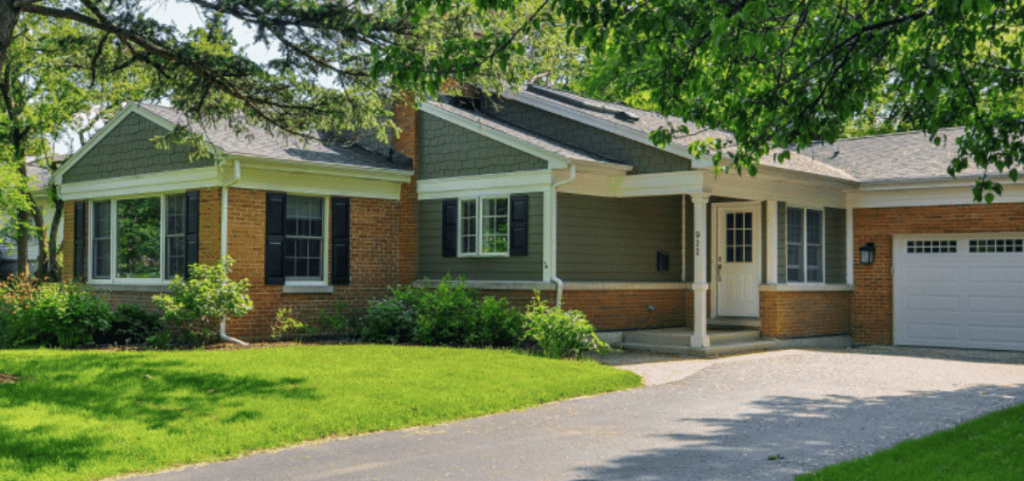
Choose The Right Building Team
Picking a builder will be the most crucial decision that you make during home construction. You will work with these individuals for over six months. Therefore, it’s essential to make the right choice so you won’t encounter problems during the project. Remember that your overall building experience will depend on the kind of relationship you create with your team. Do enough research and consider the following elements before hiring.
-
The Credentials
It would be best if you interview and meet with several builders before making your final decisions. Check their level of education and pick one who has a license and is insured.
-
Work Experience
Also, take a close look at some of the most recent projects done by your constructor before you sign him up. Be smart enough to ask for the names and contact information of their last three clients. Find out if they have any complaints against this person and gather enough about his reputation.
-
Personality
Remember that you need to work with these individuals for an extended period. Therefore, ensure that you feel comfortable around them. Find a builder with whom you share a common understanding. Look for clues that tell you what it will look like to work with the individuals. For instance, if the builders take long to answer your queries, it might be enough signals.
-
Price
Pick a builder who charges within your price range.
-
Building Style
While examining their previous tasks, always look at the styles and design involved to determine whether his works suit your needs. Some builders are better in specific techniques than others, and you need to pick someone who will provide the expected results.
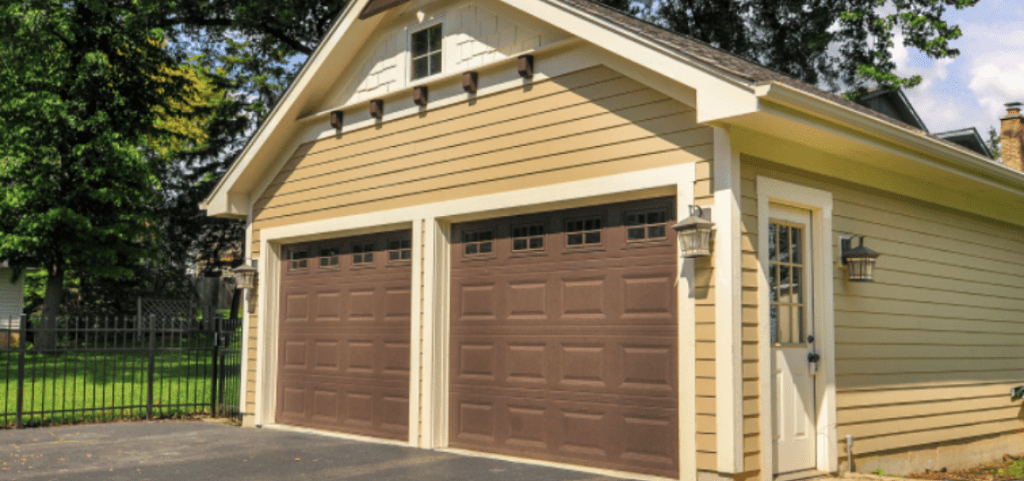
Communicate Constantly
You need to maintain constant communication with the builders throughout the process. Although you might not avoid mistakes, communication helps to minimize them. Don’t assume anything and be very specific in describing what you want. Check the project and get regular updates from your constructors. You can even take pictures at each stage to quickly spot any mistakes.
Don’t settle for less, and if your builders insist that something can’t be done, do your research well and push them harder. Remember that you are the one who will live in the house after construction. Hence, clearly state your desires and layout unnegotiable details to avoid arguments during the process.
Understand The Regulations
Beware of any building rules in the area. It could be anything from the material used to the color of the paint. Some states also require that you meet various safety standards. Ensure that you follow the rules to avoid penalties that could strain your budget. Before kicking off the project, apply for the required government approvals from the local authority, and ensure that you abide by all the rules.
Additionally, carefully read through the contract with your builder and ensure that you understand all the details. Take a closer look at the payment schedule and the construction timeframe to ensure that you aren’t surprised. Besides, you can have your lawyer look at the agreement to advise you accordingly before signing.
Also, ensure that the title deed legally belongs to you before construction. It should be within your reach and with no contest so that a third party won’t appear when you are halfway through the project with orders that they own the land. Besides, know your rights and report any faulty builder.
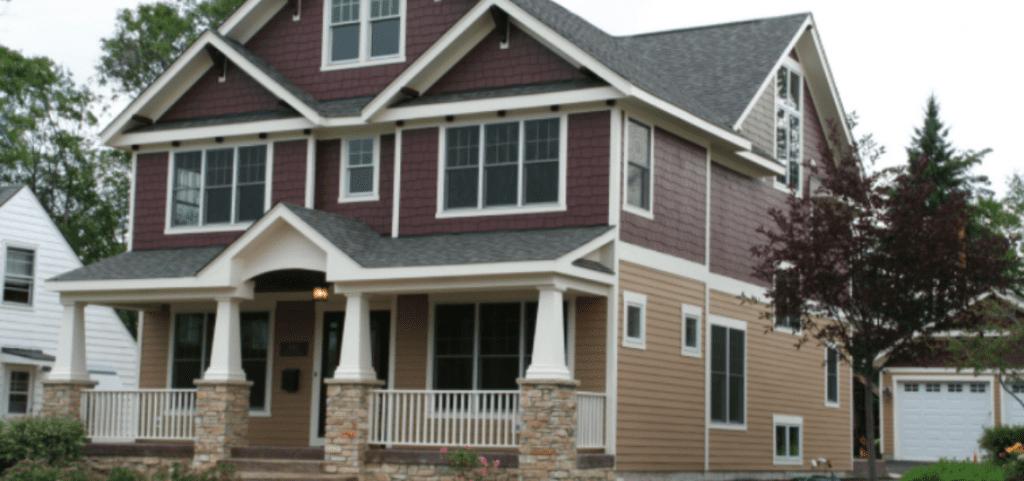
Think Green And Save As Much As You Can
It would be wise to consider sustainability while building a home. Include some energy-efficient designs to lower electricity costs and minimize carbon footprints. For instance, you can choose to install solar panels or a greywater gardening system. Let your architect position the windows in ways that allow maximum lighting during the day.
Additionally, shop around for the best fixtures and materials prices to save on cost. Besides, build on a leveled land that requires minimum preparations. Make the most out of your space and create a better sense of flow.
Build With A Resale Mind
The last thing you want to think about when building a new home is reselling. Nonetheless, the future is so unpredictable, and you need to be very open-minded. Think about what a potential buyer would appreciate in a home and its overall value.
Avoid adding too many upgrades to overprice the house. However, don’t choose anything out of the ordinary. For instance, you can invest in a functional kitchen, right flooring, or a ground floor ensuite bedroom to attract older buyers.

Hire An Independent Inspector
Plan for a professional inspection at all stages to ensure that the building process meets the standards and your requirements. Let them check the foundation and footings to ensure that they are reliable enough and that the house has functional drains. Next, call them in to look at the frame so that you have a well leveled and balanced home. He will also measure the room heights to ensure that the builder applies the plan’s laid-out dimensions.
Besides, let him examine the windows, doors, electrical outlets, brickwork, and mortal. Further, have the paintwork, tiling, and other finishing checked and ensure that the builders clean up the entire project. With the information, you can make adjustments early enough.
Be Ready For Hiccups
Even after planning the last details, mistakes are inevitable, and something may come up. The process of building a perfect house may not go smoothly, but you have to move on. Set aside some money for emergency use like item breakage to minimize delays. Further, order all the required materials way before the construction time.
Avail of all the required amenities for construction before-hand, like electricity and a constant water supply. Additionally, have alternatives in mind while choosing lighting fixtures, tiles, or plumbing wares. Sometimes, your preferred option may get out of stock, so be prepared.
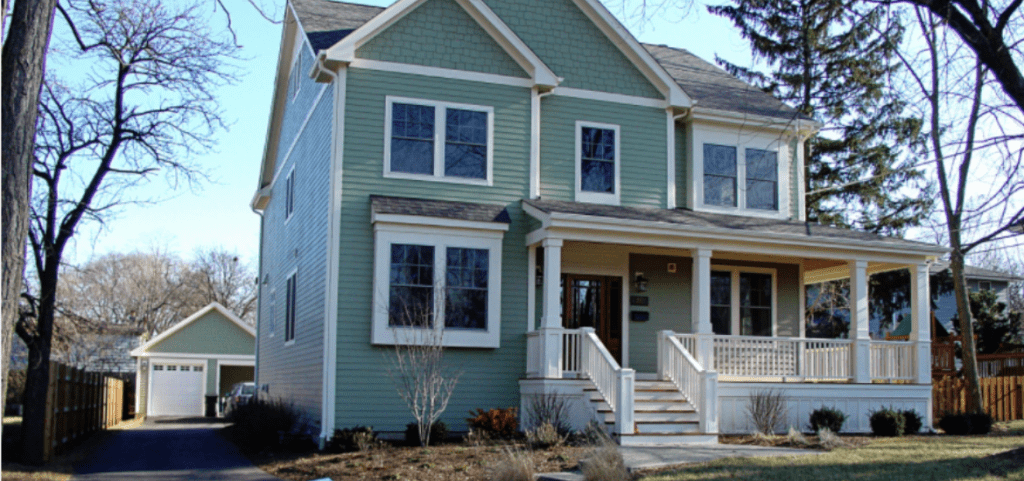
Conclusion
There is too much to think about while building a new home. The process gives you the freedom to get as creative as possible to give your family the best. It’s good to understand that building is a full-time commitment. You need to be present at all times to ensure that things happen your way. Hopefully, the above tips will help you build a house that perfectly suits your needs.
—————
Author Bio:
Nichelle Lucero is a lifestyle writer. She loves sharing her ideas and personal experiences related to through her writing. She currently writes for her personal blog – Lifewithkrich.com. Her favorite pastime is working out and reading books together with her cat, Charlie.

